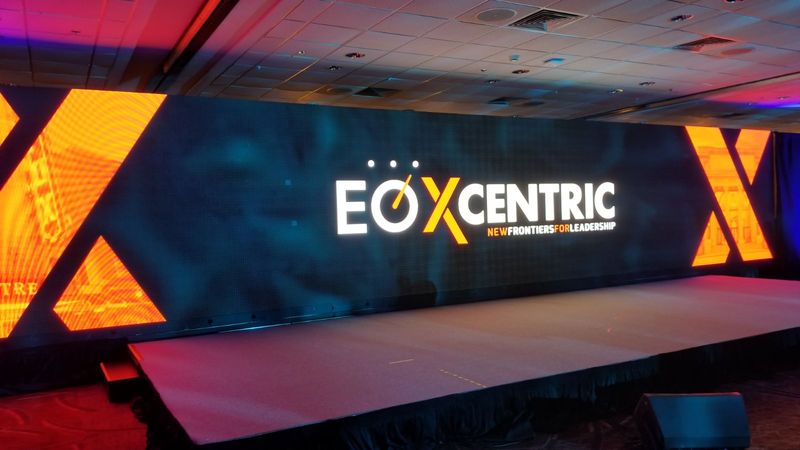Perfecting Hue Precision in LED Display Calibration for Breathtaking Graphic Displays
Perfecting Hue Precision in LED Display Calibration for Breathtaking Graphic Displays
Blog Article
Color precision is essential for creating stunning graphic displays, especially when using LED walls. These massive displays are commonly found in places like concert venues, sports arenas, and advertising billboards. When the colors on an LED screen are not accurate, the images can look dull or warped, which can impact the total experience for viewers. Therefore, mastering color accuracy in LED screen tuning is vital for attaining lively and realistic visuals.
The first step in ensuring color accuracy is comprehending how LED technology works. LEDs, or light-emitting diodes, produce light in various shades by mixing red, green, and blue (RGB) light. Each dot on an LED wall consists of these three colors. When calibrated correctly, the mix of RGB can create a broad range of hues. However, if one color is too intense or too faint, it can distort the whole display. This is why calibration is necessary to equalize the hues and reach the desired graphic result.
Tuning involves adjusting the settings of the LED screen to ensure that the hues shown match the original content as nearby as possible. This procedure typically involves using specialized software and hardware tools. Technicians often use color assessment devices, such as spectrophotometers, to examine the hues being displayed. By contrasting the measured hues to standard color values, they can make precise modifications. This ensures that the hues are not only vibrant but also uniform across the whole screen.
Another crucial aspect of color accuracy is comprehending the surroundings in which the LED wall is employed. Factors such as ambient light can considerably affect how colors look. For instance, a well-lit lit room may fade colors, making them look not as lively. To counteract this, technicians may adjust the brightness and contrast configurations of the LED wall. Additionally, they may select specific color profiles that are more suited for various lighting conditions. This flexibility helps maintain color accuracy irrespective of the viewing surroundings.
Ultimately, routine upkeep and re-tuning are crucial for maintaining an LED wall looking its best. Over time, the functionality of LEDs can alter due to factors like aging and heat fluctuations. Regular inspections and adjustments can help ensure that the colors remain correct and lively. By committing time in appropriate calibration and maintenance, venues can offer viewers with stunning graphic presentations that enhance their overall experience. Perfecting color accuracy in LED screen calibration is not helpful hints just a technical task; it is an art that contributes to the wonder of visual storytelling.
